Key Takeaways:
- Versatility and Durability: Discover the best hiker work boots that offer a perfect blend of comfort, durability, and style for all outdoor adventures.
- Proper Fit and Support: Learn how to choose boots that provide a comfortable fit, excellent ankle support, and are suitable for various foot shapes and widths.
- Material and Construction: Explore the importance of durable materials like leather and nylon, and features like waterproof uppers and cushioned insoles for challenging terrains.
Introduction to Hike Work Boots
When you're out on the trail, the last thing you want is to be let down by your footwear. The best hiker work boots are not just about style but about performance, comfort, and durability. Whether trekking through the roughest terrain in South America or navigating muddy paths closer to home, the right pair of boots can make all the difference.
Choosing the right boots is akin to finding a reliable partner for your outdoor adventures. They need to offer protection, keep your feet dry, and provide the stability you need to tackle challenging conditions. In this guide, we'll delve into the features that make a great pair of hiking boots and help you find the perfect fit for your needs.
Understanding the Importance of Proper Fit
A proper fit is crucial when it comes to hiking boots. It's not just about avoiding blisters; it's about ensuring your feet stay comfortable and supported during long hours on the trail. Boots that are too tight can cause discomfort, while those that are too loose can lead to instability and potential injury.
When selecting boots, consider your foot shape and width options. Some boots are designed for a wide fit, while others cater to a more narrow foot. Trying on different styles and models can help you find the perfect match. Remember, a comfortable fit is essential for enjoying your outdoor adventures to the fullest.
The Role of Ankle Support
Ankle support is a critical feature in hiking boots, especially when carrying heavy loads or traversing challenging terrain. Boots with excellent ankle support can prevent injuries and these boots provide all the stability needed for uneven surfaces. Look for boots with a higher cut that wraps around the ankle, offering both support and protection.
Additionally, consider the lacing system of the boots. A secure lacing system ensures that your boots stay snug and supportive throughout your hike. This feature is particularly important when tackling steep inclines or rocky paths, where stability is paramount.
Materials Matter: Leather vs. Nylon
The choice between leather and nylon can significantly impact the performance of your hiking boots. Leather boots are known for their excellent durability and ability to mold to your foot shape over time. They offer great protection against the elements and rain and are a popular choice for rugged terrains.
On the other hand, nylon boots are lightweight and breathable, making them a great option for warmer climates or less demanding trails. They often feature a mesh construction that keeps your feet cool and comfortable. Both materials have their advantages, so consider your specific needs and the conditions you'll be facing.
Waterproof Uppers: Keeping Feet Dry
One of the most important features of hiking boots is their incredible ability to keep your feet dry. Waterproof uppers are essential for wet conditions, ensuring that your feet stay dry and comfortable throughout your hike. Look for boots with a waterproof membrane or treatment that prevents water from seeping in.
In addition to waterproofing, consider the breathability of the boots. A good pair of hiking boots will allow moisture to escape, preventing your feet from becoming sweaty and uncomfortable. This combination of waterproofing and breathability is key to maintaining comfort in various weather conditions.
The Importance of Cushioned Insoles
Cushioned insoles play a vital role in the comfort of your hiking boots. They provide the necessary padding to absorb shock and reduce fatigue during long hikes. Look for boots with removable insoles, allowing you to customize the level of cushioning to suit your preferences.
Insoles also contribute to the overall fit of the boots. A well-cushioned insole can help fill any gaps and provide a snug fit, enhancing both comfort and stability. Whether you're tackling a short trail or embarking on a multi-day trek, cushioned insoles are a must-have feature.
Tackling Challenging Terrain
Hiking boots are designed to handle a variety of terrains, from rocky paths to muddy trails. The outsole of the boots plays a crucial role in providing traction and stability. Look for boots with a rubber outsole that offers excellent grip on both wet and dry surfaces.
Additionally, consider the tread pattern of the boots. A deep, aggressive tread is ideal for challenging terrain, providing the necessary traction to prevent slips and falls. Whether you're hiking in the backcountry or exploring local trails, the right outsole can make all the difference.
Lightweight vs. Heavyweight Boots
The weight of your hiking boots can impact your performance and comfort on the trail. Lightweight boots are ideal for fast-paced hikes or less demanding trails, offering flexibility and ease of movement. They are often constructed with light, breathable materials, keeping your feet cool and comfortable.
Heavyweight boots, on the other hand, are designed for more challenging conditions. They offer additional support and protection, making them suitable for carrying heavy loads or tackling rugged terrain. Consider the type of hiking you'll be doing and choose the weight of your boots and gear accordingly.
Versatility in Styles and Models
Hiking boots come in a variety of styles and models, each designed to cater to different needs and preferences. From low-cut shoes for casual hikes to high-cut boots for serious trekking, there's a style for every adventurer. Consider the type of hiking you'll be doing and choose a style that suits your needs.
In addition to style, consider the features offered by different models. Some boots come with additional padding for extra comfort, while others offer enhanced ankle support for challenging conditions. Take the time to explore different options and find the perfect pair for your adventures.
The Role of Construction in Durability
The construction of hiking boots plays a significant role in their durability and performance. Look for boots with a robust construction that can withstand the demands of life on the trail. Features like reinforced stitching and durable materials contribute to the longevity of the boots.
Additionally, consider the construction of the sole. A well-constructed sole provides the necessary support and cushioning for long hikes, reducing fatigue and enhancing comfort. Whether you're exploring the backcountry or tackling local trails, a well-constructed pair of boots is essential for a successful adventure.
The Benefits of a Secure Lacing System
A secure lacing system is crucial for maintaining the fit and support of your hiking boots. Look for boots with a reliable lacing system that allows you to adjust the fit to your liking. This feature is particularly important when tackling challenging terrain, where stability is key.
In addition to providing a secure fit, a good lacing system can also enhance the overall comfort of wearing the boots. By allowing you to customize the fit, you can ensure that your boots stay snug and supportive throughout your hike. Whether you're navigating rocky paths or muddy trails, a secure lacing system is a must-have feature.
Exploring Width Options for a Comfortable Fit
Finding the right width is essential for a comfortable fit in hiking boots. Some boots are designed for a wide fit, while others cater to a more narrow foot. Consider your foot shape and try on different styles to find the perfect match.
In addition to width, consider the overall fit of the boots. A comfortable fit is crucial for enjoying your outdoor adventures to the fullest. Whether you're tackling a short trail or embarking on a multi-day trek, finding the right width is key to ensuring comfort and stability.
The Impact of Cushioning on Performance
Cushioning plays a vital role in the performance of hiking boots. It provides the necessary padding to absorb shock and reduce fatigue during long hikes. Look for boots with cushioned insoles that offer the right level of support for your needs.
In addition to insoles, consider the overall construction of the boots. A well-cushioned boot provides hikers with the necessary support and comfort for long hours on the trail. Whether you're exploring the backcountry or tackling local trails, cushioning is a key feature for enhancing performance.
The Versatility of Leather and Nylon
Leather and nylon are two popular materials used in the construction of hiking boots. Leather boots are known for their durability and ability to mold to your foot shape over time. They offer great protection against the elements and are a popular choice for rugged terrains.
Nylon boots, on the other hand, are lightweight and breathable, making them a great option for warmer climates or less demanding trails. They often feature a mesh construction that keeps your feet cool and comfortable. Both materials have their advantages, so consider your specific needs and the conditions you'll be facing.
The Importance of Waterproof Features
Waterproof features are essential for keeping your feet dry in wet conditions. Look for boots with a full waterproof upper membrane or treatment that prevents water from seeping in. This feature is particularly important when hiking in rainy or muddy conditions.
In addition to waterproofing, consider the breathability of the boots. A good pair of hiking boots will allow moisture to escape, preventing your feet from becoming sweaty and uncomfortable. This combination of waterproofing and breathability is key to maintaining comfort in various weather conditions.
The Role of Ankle Support in Stability
Ankle support is a critical feature in hiking boots, especially when carrying heavy loads or traversing challenging terrain. Boots with excellent ankle support can prevent injuries and provide the stability needed for uneven surfaces. Look for boots with a higher cut that wraps around the ankle, offering both support and protection.
Additionally, consider the lacing system of the boots. A secure lacing system ensures that your boots stay snug and supportive throughout your hike. This feature is particularly important when tackling steep inclines or rocky paths, where stability is paramount.
The Benefits of a Lightweight Design
A lightweight design can significantly enhance your performance and comfort on the trail. Lightweight boots are ideal for fast-paced hikes or less demanding trails, offering flexibility and ease of movement. They are often constructed with breathable materials, keeping your feet cool and comfortable.
In addition to weight, consider the overall construction of the boots. A well-constructed lightweight boot provides the necessary support and cushioning for long hikes, reducing fatigue and enhancing comfort. Whether you're exploring the backcountry or tackling local trails, a lightweight boot design is a key feature for a successful adventure.
Exploring Different Styles and Models
Hiking boots come in a variety of styles and models, each designed to cater to different needs and preferences. From low-cut shoes for casual hikes to high-cut boots for serious trekking, there's a style for every adventurer. Consider the type of hiking you'll be doing and choose a style that suits your needs.
In addition to style, consider the features offered by different models. Some boots come with additional padding for extra comfort, while others offer enhanced ankle support for challenging conditions. Take the time to explore different options and find the perfect pair for your adventures.
The Importance of a Secure Lacing System
A secure lacing system is crucial for maintaining the fit and support of your hiking boots. Look for boots with a reliable lacing system that allows you to adjust the fit to your liking. This feature is particularly important when tackling challenging terrain, where stability is key.
In addition to providing a secure fit, a good lacing system can also enhance the overall comfort of the boots. By allowing you to customize the fit, you can ensure that your boots stay snug and supportive throughout your hike. Whether you're navigating rocky paths or muddy trails, a secure lacing system is a must-have feature.
The Role of Construction in Durability
The construction of hiking boots plays a significant role in their durability and performance. Look for boots with a robust construction that can withstand the demands of the trail. Features like reinforced stitching and durable materials contribute to the longevity of the boots.
Additionally, consider the construction of the sole. A well-constructed sole provides the necessary support and cushioning for long hikes, reducing fatigue and enhancing comfort. Whether you're exploring the backcountry or tackling local trails, a well-constructed pair of boots is essential for a successful adventure.
Summary
Choosing the best hiker work boots is a journey in itself, filled with considerations of fit, material, and features. From the rugged terrains of South America to local trails, the right boots can transform your outdoor experience. Prioritize comfort, durability, and protection to ensure your feet stay dry and supported, no matter where your adventures take you.
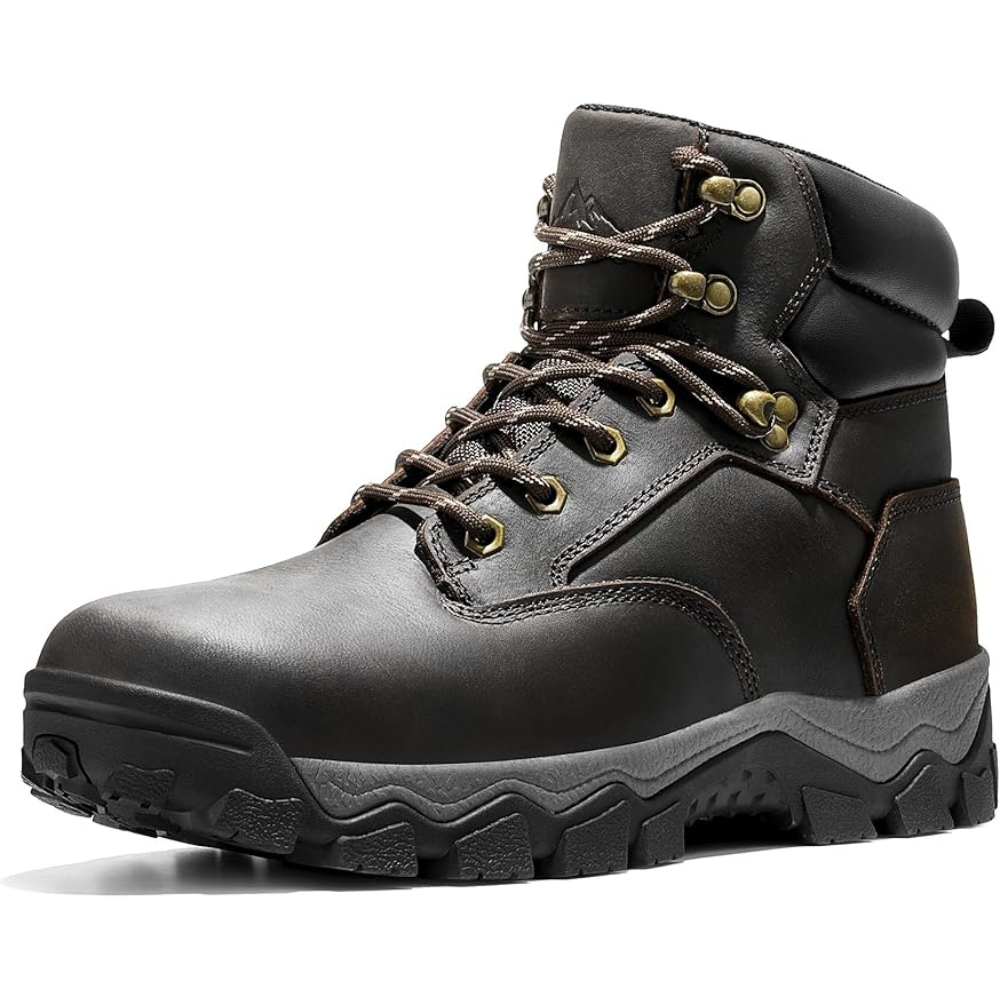
Best Hike Work Boots
NORTIV 8 Men's Hiking Boots Waterproof Soft Toe Work Boots
FAQ Section
What are the key features to look for in hiking boots?
When selecting hiking boots, focus on features like waterproof uppers, cushioned insoles, and excellent ankle support. These elements ensure comfort and protection on various terrains.
How do I ensure a proper fit for my hiking boots?
To find the right fit, consider your foot shape and width options. Try on different shoe styles and models, and ensure there's enough room for your toes to move comfortably.
Are leather or nylon boots better for hiking?
Both materials have their advantages. Leather boots offer durability and protection, while nylon boots are lightweight and breathable. Choose based on the conditions you'll be facing and your personal preferences.


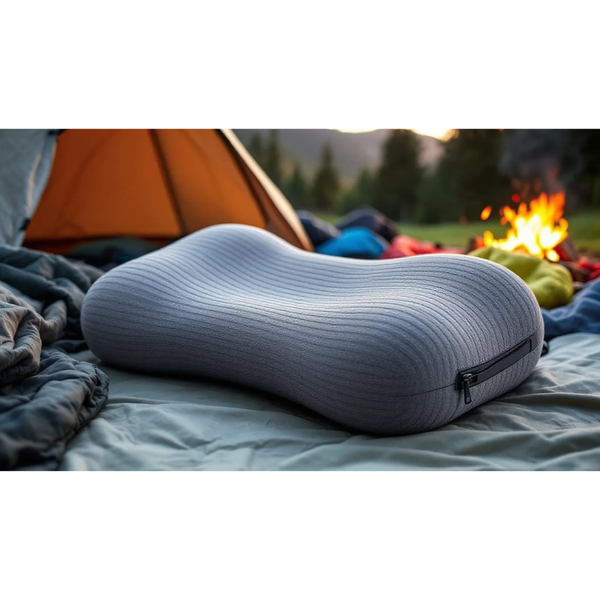
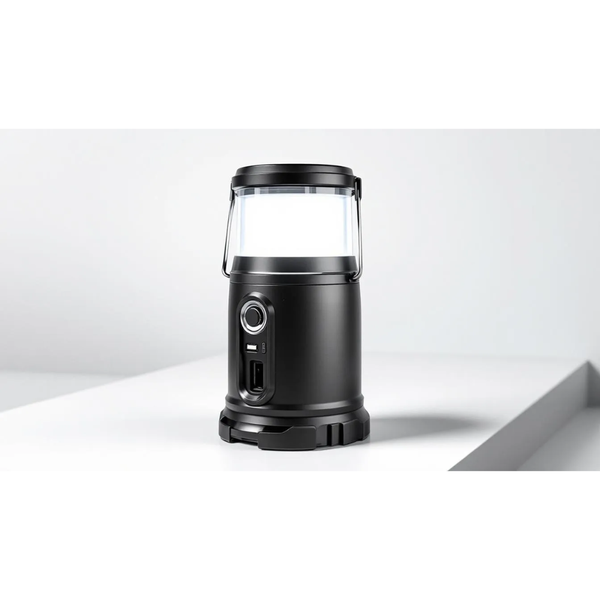
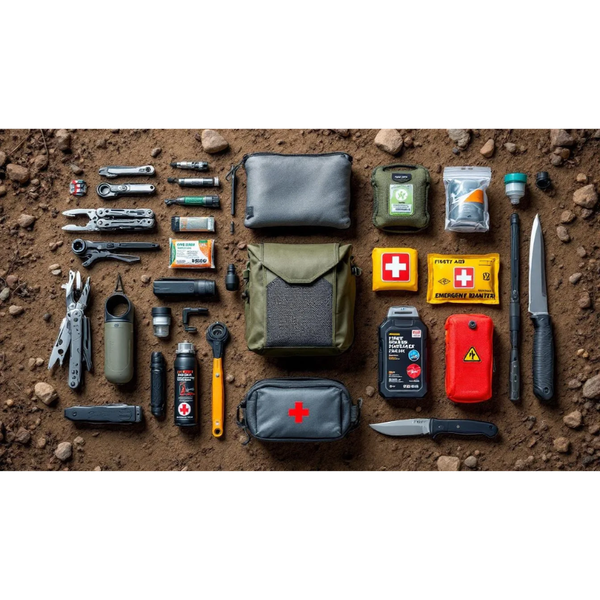
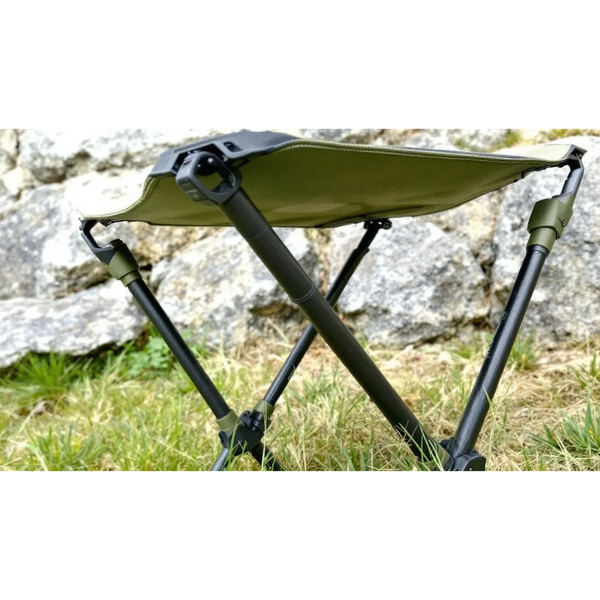
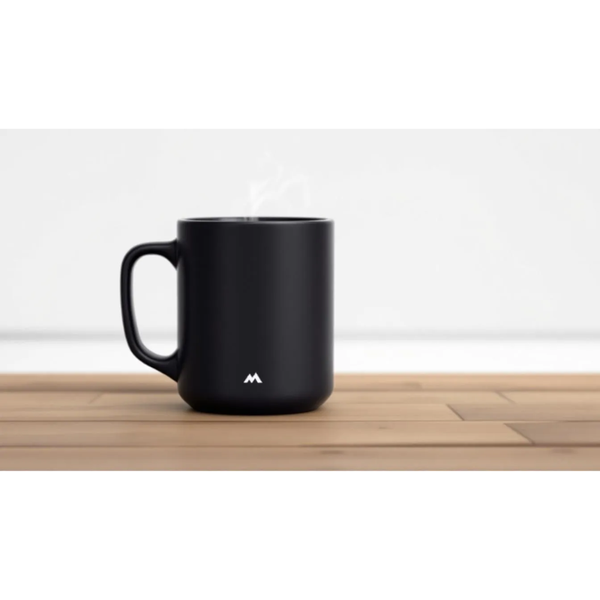
Member discussion